A team of astronomers from the European Southern Observatory (ESO) and other institutes has discovered a black hole lying just 1000 light-years from Earth.
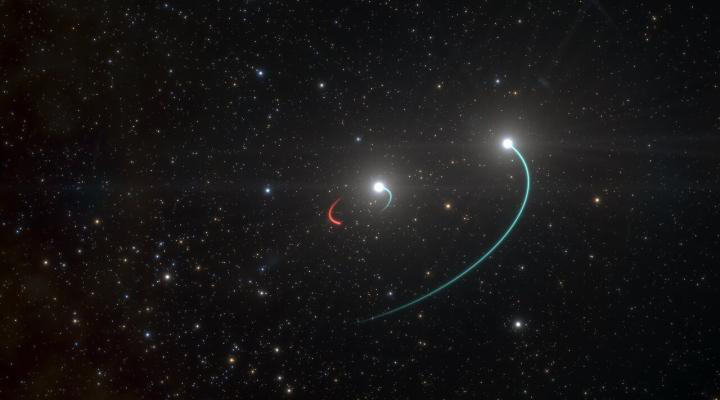

A team of astronomers from the European Southern Observatory (ESO) and other institutes has discovered a black hole lying just 1000 light-years from Earth.
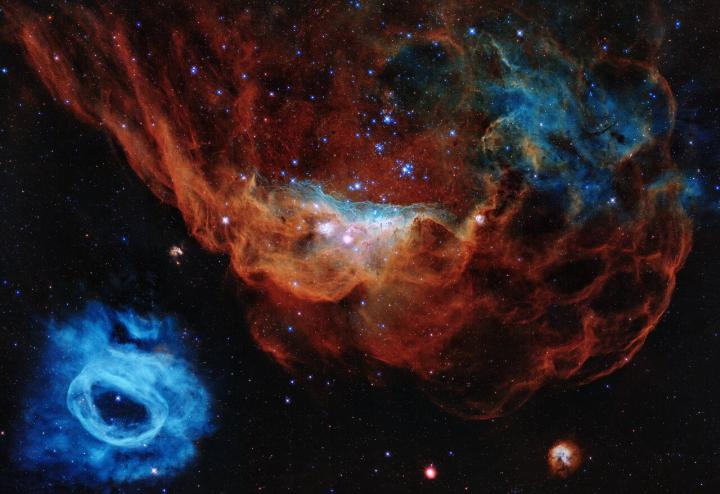
This year marks the 30th anniversary of the Hubble Space Telescope, which has opened a new eye onto the cosmos and has been transformative for our civilization.

Uranus, its moons, and rings are all “tipped”, suggesting they formed during a cataclysmic impact early in its history.

The stuff of stars: The remarkable contributions of Cecilia Payne-Gaposchkin
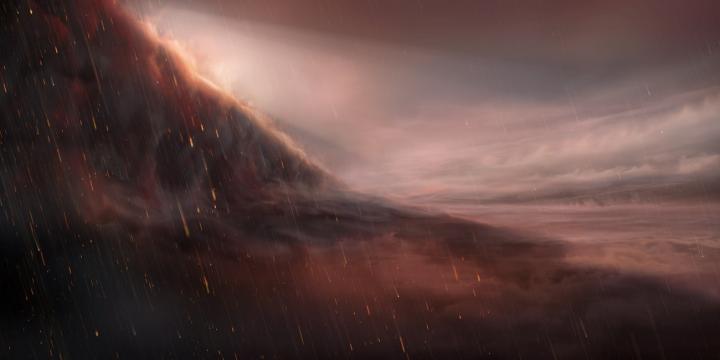
ESO telescope oberves an exoplanet 690 light years away where night and day surface temperature differences cause iron to rain from the sky.

New evidence suggests that an exoplanet discovered in 2015 has interior conditions that could support the existence of life.

How do brown dwarves form, and in what parts of the galaxy?

In honor of the UN’s International Day of Women in Science, this week we highlight Katherine Johnson, pioneering mathematician and NASA legend.
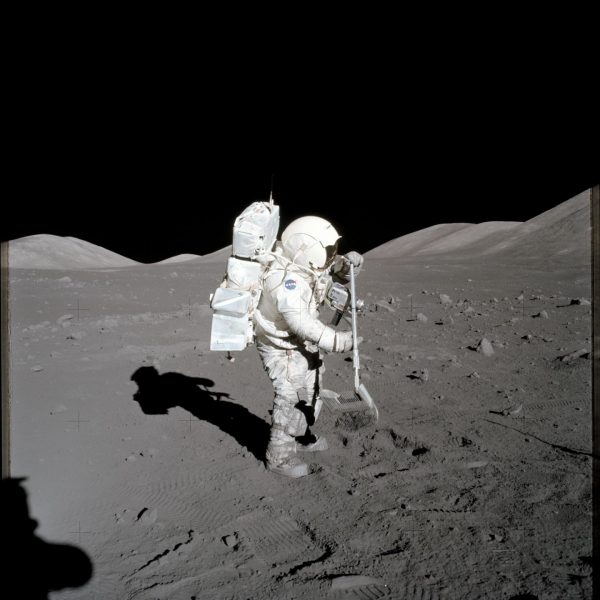
New technique for analyzing Moon rocks lets scientists study them atom by atom.
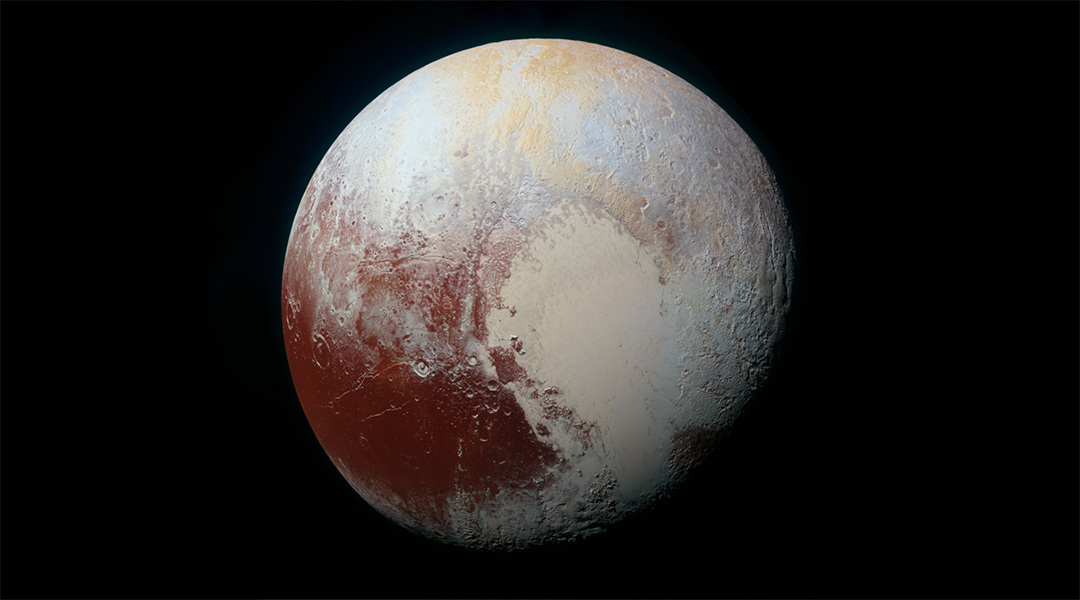
How does Pluto’s “beating heart” determine wind patterns on its surface?